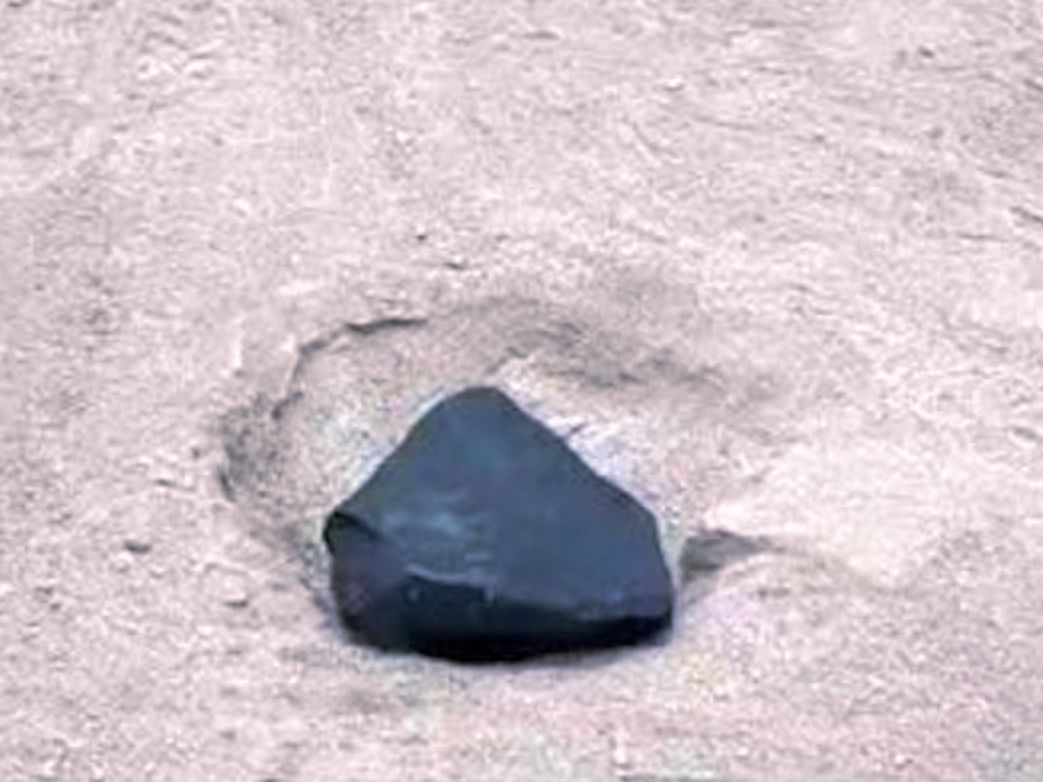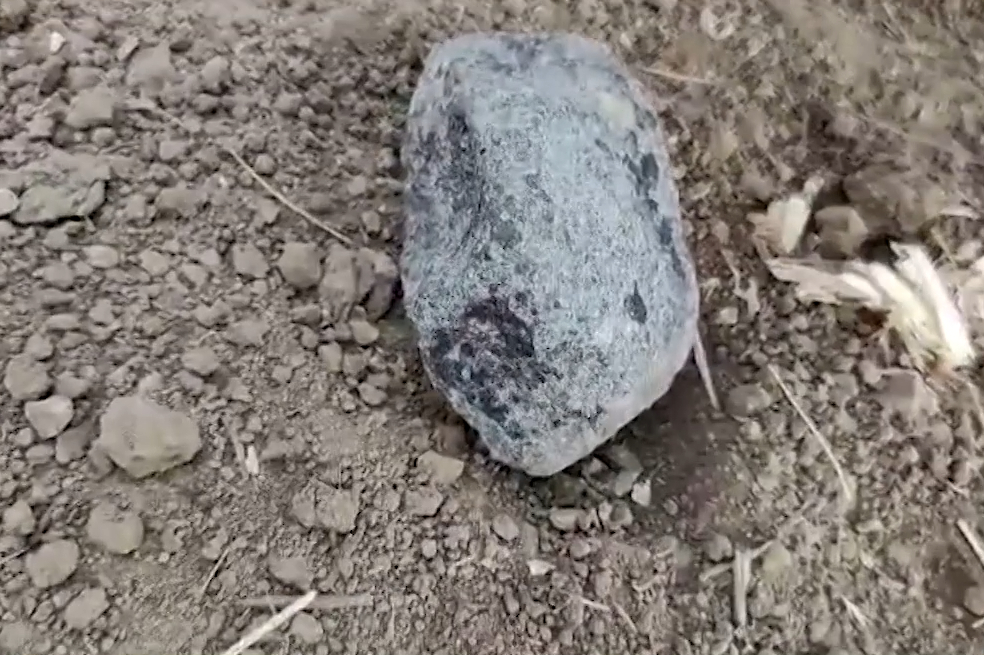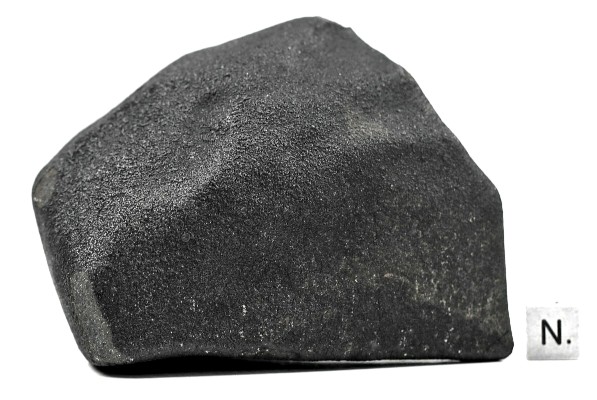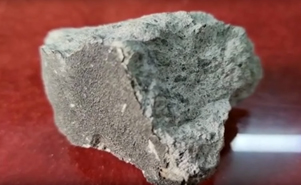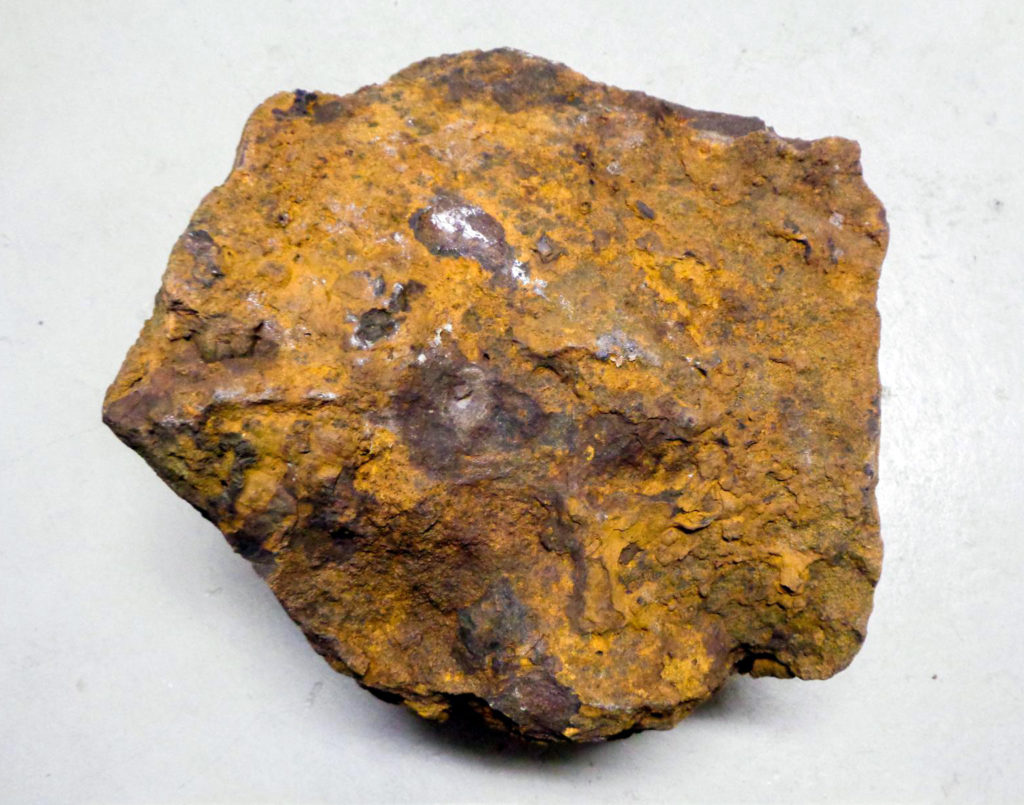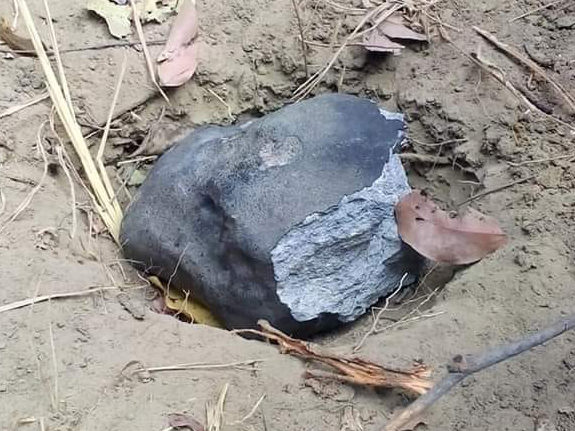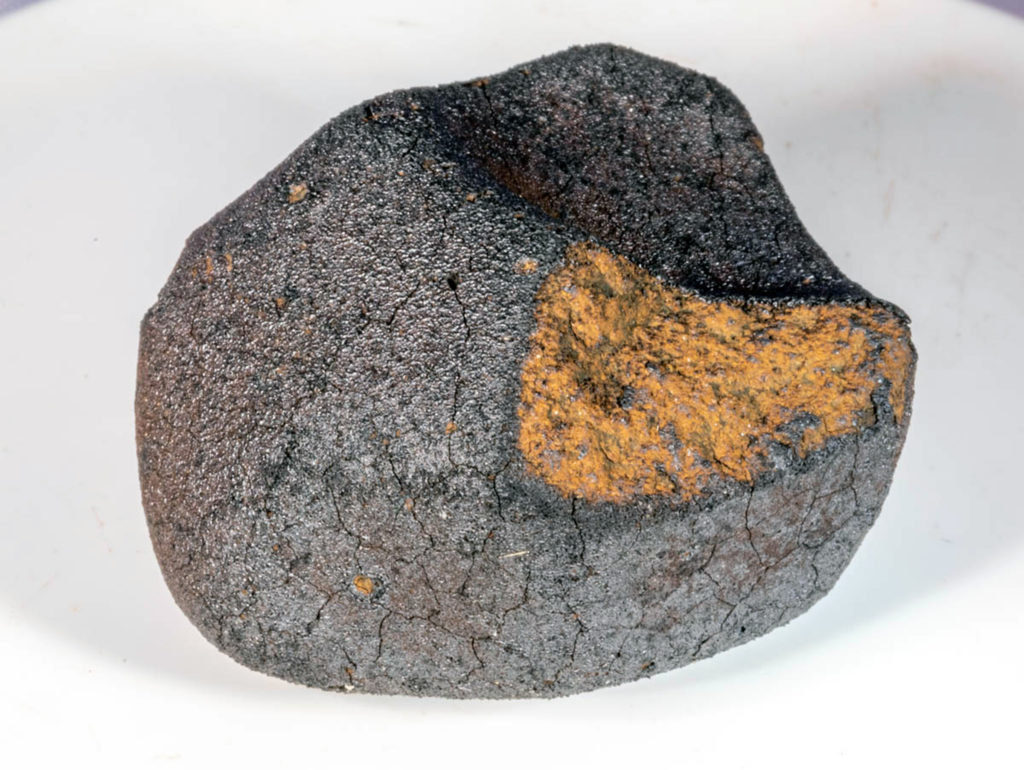Analytical methodology to evaluate the Terrestrial Weathering of Libyan Desert Glasses and Darwin Glasses after their formation
Leticia Gómez-Nubla, Julene Aramendia, Silvia Fdez-Ortiz de Vallejuelo, Kepa Castro, Juan Manuel Madariaga
Analytical and Bioanalytical Chemistry
pp 1–9, First Online: 07 November 2019
“Libyan Desert Glasses (LDGs) and Darwin Glasses (DGs) are impact glasses produced by the impact of an extraterrestrial body into the Earth million years ago. LDGs were formed in the Libyan Desert (Africa) and DGs in Tasmania (Australia). From their formation, they have suffered terrestrial weathering processes due to their interaction with the environment. This is the first work that has evaluated their weathering processes according to their composition, the surrounding environment, and the climate. An innovative methodology based on the leaching of organic and inorganic ions and chemical modeling simulations was employed. Inductively coupled plasma-mass spectrometry (ICP-MS), ionic chromatography (IC), and solid-phase microextraction (SPME), and head space (HS) injections coupled to gas chromatography and mass spectrometry (GC-MS) detection were used. As a result, soluble organic compounds such as oxalates, n-hexadecanoic acid, and 4-chlorobenzalacetone were detected. The inorganic ions suffered a similar process, going inside the body of glasses and precipitating the corresponding salts when water evaporated. As these compounds are polar, they were probably transported by infiltration waters from outside the glasses, remaining inside in the pores, cavities, or cracks of the glasses during thousands of years. In the case of the DGs, it could be observed that under the oxidizing conditions of the terrestrial atmosphere, sulfides present in some samples transformed into sulfates. Finally, this methodology could be applied in other extraterrestrial materials discovered in deserts, ice fields, or in locations with great living activity like those of Tasmania.”

